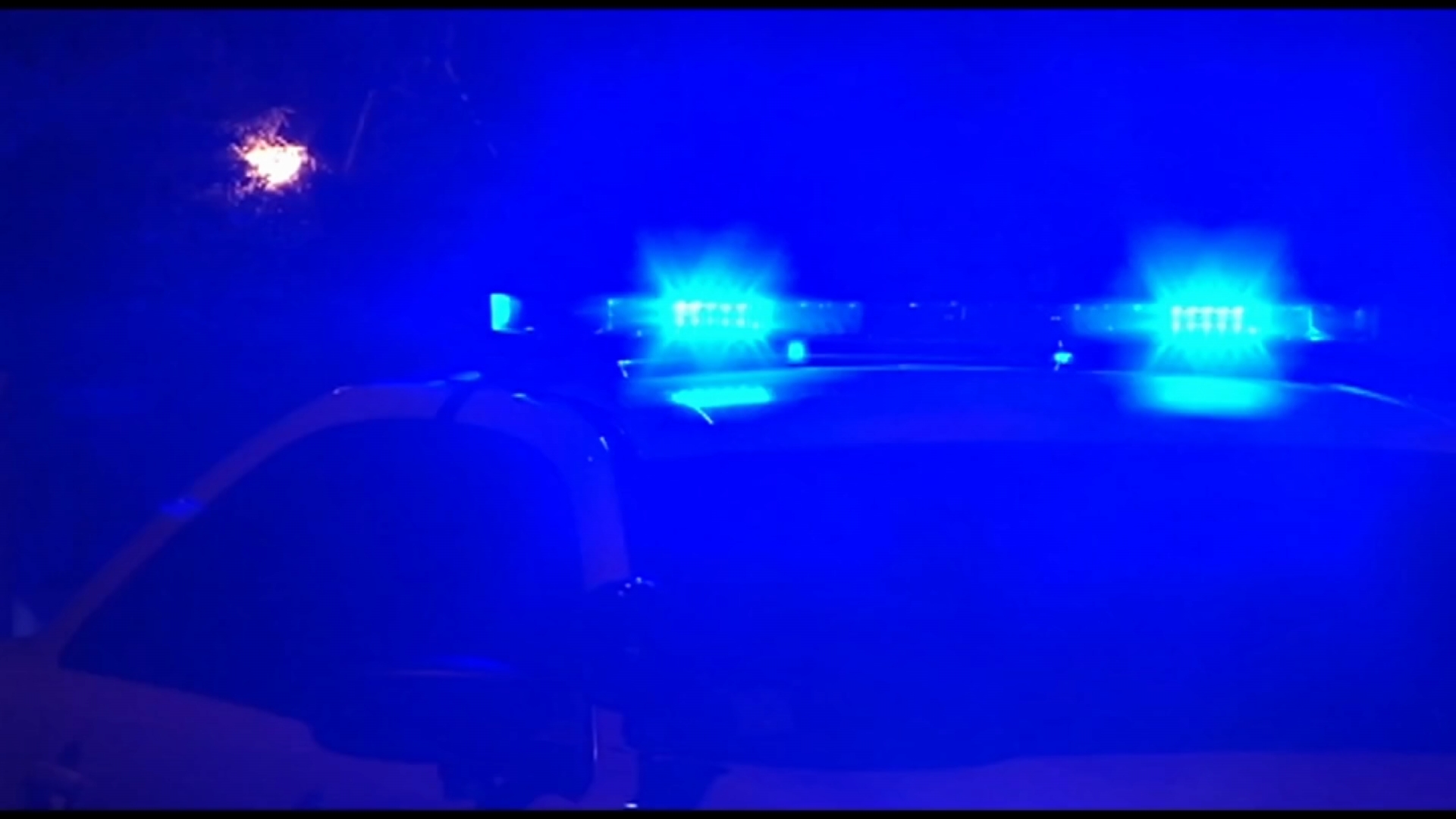As some regions in Illinois begin to lift Tier 3 mitigations Friday, many are wondering what that will mean for them.
As of Friday, three Illinois regions were allowed to go back to Tier 2 mitigations, with several other regions close to doing the same. No region has yet reached Tier 1 or a return to Phase 4, according to the governor.
Here's a full breakdown of the restrictions still in place in each tier:
Tier 2:
- Suspend indoor service
- Bars and restaurants close at 11 p.m. and may reopen no earlier than 6 a.m. the following day
- No tables exceeding 6 people
Tier 1:
- Indoor service limited to lesser of 25% or 25 people per room
- Establishment must serve food for indoor service
- Reservations required and limited to 2 hours
- No tables exceeding 4 people indoors
- Bars and restaurants close at 11 p.m. and may reopen no earlier than 6 a.m. the following day
The move to Tier 2 will mean the return of group fitness classes and the reopening of cultural institutions like museums, with a 25% capacity limit, among other things.
Local
Regions moving out of Tier 3 mitigations can also resume youth and recreational sports.
"Greater levels of play will be permitted as metrics improve into the subsequent tier," according to Illinois Gov. J.B. Pritzker's office.
Arguably the biggest change is the return of indoor dining in Tier 1.
"The closure of indoor service still applies in regions that remain in Tiers 2
and 3 – in other words, those with a positivity rate at or above 8 percent,
along with failing to meet either of the hospital metrics – until they are able
to meet the Tier 1 standards," Pritzker said.
Those that do reach Tier 1, will be able to open indoor dining for 25 people or at 25 percent capacity per room, whichever is lower, with only four people allowed per table.
"And of course, any regions that have improved enough to move into Phase
4, can resume some greater indoor operations at bars and restaurants as
long as tables are kept six feet apart, just like last summer," Pritzker said.
Three Illinois regions are currently able to lift Tier 3 mitigations under the state's guidelines and move to Tier 2.
Those regions include:
Region 1: Northern Illinois (Jo Davies, Stephenson, Winnebago, Boone, Dekalb, Carrol, Ogle, Whiteside, Lee, Crawford)
Region 2: North-Central Illinois (Rock Island, Henry, Bureau, Putnam, Kendall, Grundy, Mercer, Knox, Henderson, Warren, McDonough, Fulton, Stark, Marshall, Peoria, Tazwell, McLean, Woodford, Livingston, Lasalle)
Region 5: Southern Illinois (Marion, Jefferson, Wayne, Edwards, Wabash, Perry, Jackson, Franklin, Williamson, Saline, Hamilton, White, Gallatin, Union, Johnson, Pope, Hardin, Alexander, Massac, Pulaski)
"Of our remaining regions, the data shows that most are on track to leave Tier 3 in the coming days if current trends hold," Pritzker said Friday.
All of Illinois' 11 regions have been under Tier 3 mitigations since Nov. 20, suspending indoor dining across the state and closing down museums and casinos.
Under the state's guidelines, a region can move to Tier 2 mitigations if it sees a test positivity rate less than 12% for three consecutive days and more than 20% of ICU and hospital beds are available, as well as declining COVID-19 hospitalizations in seven of the previous 10 days.
To move to Tier 1, regions need:
- A test positivity rate below 8 percent for three consecutive days, as measured by the 7-day rolling average; AND
- Greater than or equal to 20 percent available staffed ICU and medical/surgical hospital beds for three consecutive days, on a 3-day rolling average; AND
- No sustained increase in the number of people in the hospital with COVID-19 for seven out of 10 days, on a 7-day average.
To move to back Phase 4, however, regions need:
- A test positivity rate less than or equal to 6.5 percent for three consecutive days, as measured by the 7-day rolling average; AND
- Greater than or equal to 20 percent available staffed ICU and medical/surgical hospital beds for three consecutive days, on a 3-day rolling average; AND
- No sustained increase in the number of people in the hospital with COVID-19 for seven out of 10 days, on a 7-day average.



